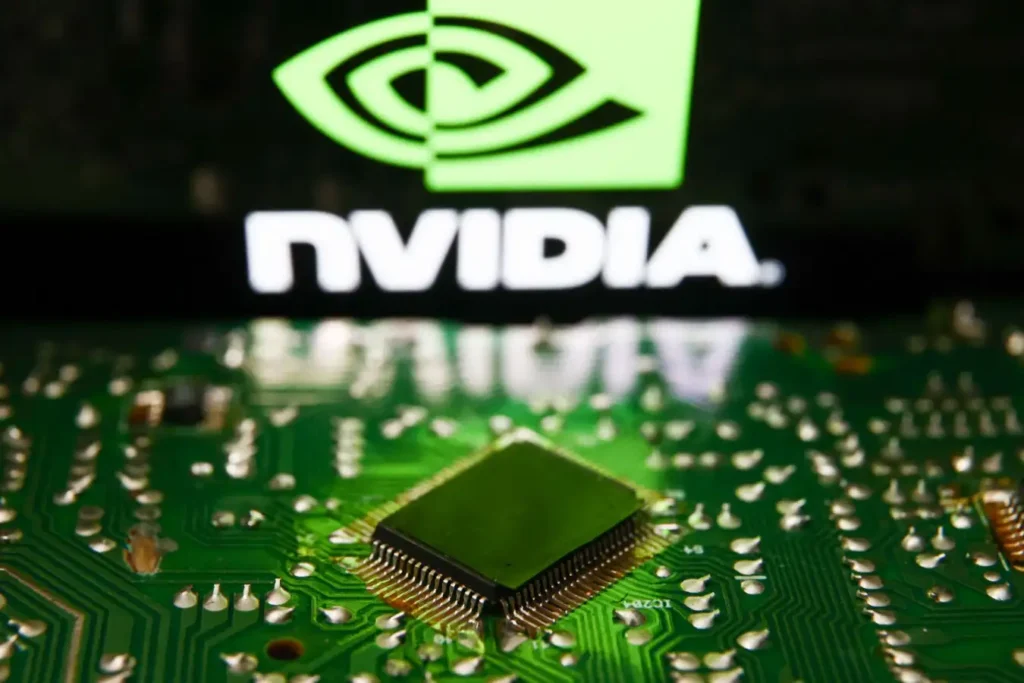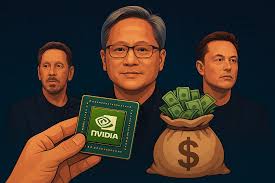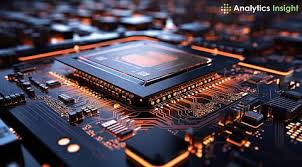It feels like we’ve entered a new gold rush — only this time, the treasure isn’t buried underground. It’s built in clean rooms, etched into wafers, and measured in nanometers. The world’s biggest tech companies are throwing down billions of dollars in a race to dominate the next era of computing: AI chips.
For years, artificial intelligence was all about software — smarter algorithms, better models, clever coding. But now, the battle has shifted. The future of AI will be decided not only by who writes the best code, but by who controls the muscle behind it — the hardware that powers it all.

1. The AI Boom That’s Eating the World
The demand for computing power has exploded. Generative AI, large language models, and real-time inference aren’t just buzzwords anymore — they’re devouring global infrastructure.
To put it bluntly: the world doesn’t have enough chips.
Analysts estimate that tech giants will spend nearly half a trillion dollars by 2026 on new AI infrastructure — data centers, GPUs, and custom silicon designed to train and run next-gen models. That’s a staggering number, even by Silicon Valley standards.
And these aren’t optional investments. Without hardware, the AI revolution grinds to a halt. “You can’t build a Ferrari engine and then feed it regular fuel,” one engineer joked. “You need the good stuff.”
The problem? Everyone needs that “good stuff” — right now.
2. Chips Are the New Oil
In the old days, scaling meant buying more servers. Easy. Now, scaling means buying thousands of GPUs and advanced AI accelerators that cost tens of thousands each — assuming you can even get them.
That scarcity has turned chips into the most coveted resource in tech. NVIDIA, whose GPUs power much of the AI world, has seen demand skyrocket to the point where its latest processors sell out before they even ship.
It’s not just a matter of bragging rights anymore. Owning the best AI chips can literally determine whether your company leads or lags. As one analyst put it, “If you don’t have hardware, you don’t have AI.”
That urgency has led to record-breaking capital expenditure — data-center construction, custom chip design, and hardware stockpiling. Every major player — from Amazon to Microsoft to Google — is racing to secure its slice of the silicon supply chain before the others do.
3. A Game of Offense and Defense
These investments aren’t just aggressive moves; they’re defensive shields. Nobody wants to be the company that runs out of compute when the next AI breakthrough hits.
Take Amazon, for example. Its deep partnership with Anthropic and OpenAI isn’t just about cloud services — it’s about locking in access to hundreds of thousands of AI chips for years to come. Microsoft has done the same, investing in new supercomputing infrastructure at a scale never seen before.
Even Apple and Tesla — companies traditionally quiet about AI — are ramping up chip development behind the scenes. The message is clear: whoever controls the chips, controls the future.
NVIDIA, meanwhile, sits in the eye of the storm, generating roughly 88 % of its revenue from AI-related data-center chips. For them, the gold rush has already begun.

4. The Price of Staying Ahead
But here’s the catch — AI hardware ages fast. Really fast.
Unlike traditional server processors that might hum along for years, AI chips burn through their prime in as little as three to five years. Every new generation brings massive leaps in efficiency and capability, which means companies have to keep spending just to stay competitive.
The result is a treadmill of investment: billions poured in, year after year, to keep models running at peak performance. It’s exhilarating and terrifying all at once — the technological equivalent of running a marathon at sprint pace.
5. Why Big Tech Can Afford to Play This Game
So how are these companies able to burn through such colossal sums? Simple: cash.
The biggest names in tech are sitting on mountains of it. Their free-cash-flow margins are the envy of every other industry, giving them the confidence (and the liquidity) to invest without flinching.
And there’s strategy here too. To them, these chips aren’t expenses — they’re investments in the future. Each chip purchased today is a building block for tomorrow’s AI-driven products, services, and profits.
Still, it’s a dangerous dance. When billions flow this fast, mistakes are costly.
6. The Shadow of Risk
Not everyone is convinced this AI-chip mania will pay off. Wall Street has already shown flashes of doubt. Stock prices wobble whenever investors sense overspending or hype fatigue.
If AI models don’t live up to their commercial promise — or if efficiency breakthroughs make current chips obsolete too quickly — companies could be sitting on billions in rapidly depreciating assets.
Then there’s the physical reality: building massive data centers requires land, energy, and cooling. Lots of it. Power grids are straining under the demand. Communities near new facilities are already pushing back over environmental and energy concerns.
In other words, the silicon dream comes with real-world costs.
7. What Happens Next?
Let’s be clear — this isn’t just another tech fad. The AI-chip race is reshaping the entire technology landscape.
-
- For chipmakers, it’s a once-in-a-generation opportunity to redefine computing.
-
- For cloud providers, it’s an arms race to build faster, smarter infrastructure.
-
- For investors, it’s both thrilling and nerve-wracking — a high-stakes bet that the AI revolution will keep accelerating.
And for the rest of us? It’s a front-row seat to one of the biggest transformations in computing history.

The Bottom Line
The surge of investment into AI chips isn’t random or reckless. It’s the product of necessity, ambition, and fear — the fear of falling behind. Every tech giant knows the same truth: without the right hardware, even the best algorithms are powerless.
So, they’re spending like never before, trying to out-build, out-design, and out-compute one another. The stakes couldn’t be higher.
We’re watching the foundation of tomorrow’s AI-driven world being built — transistor by transistor, chip by chip, dollar by dollar.
Whether this becomes the next industrial revolution or the next over-hyped bubble remains to be seen. But one thing is certain: the future of intelligence — artificial or otherwise — is being forged in silicon.
For how smartphones are entering the AI era, continue